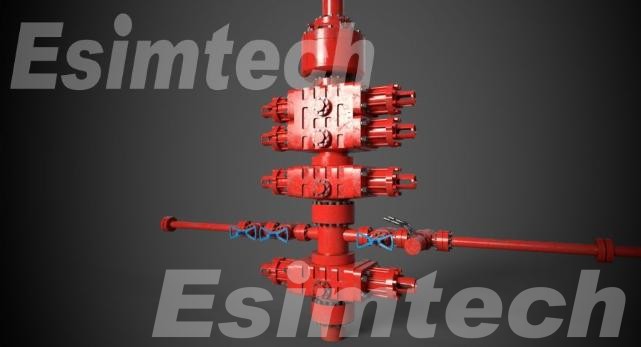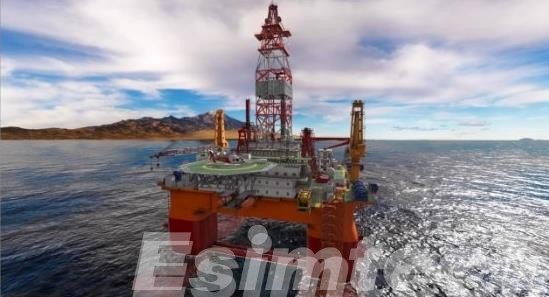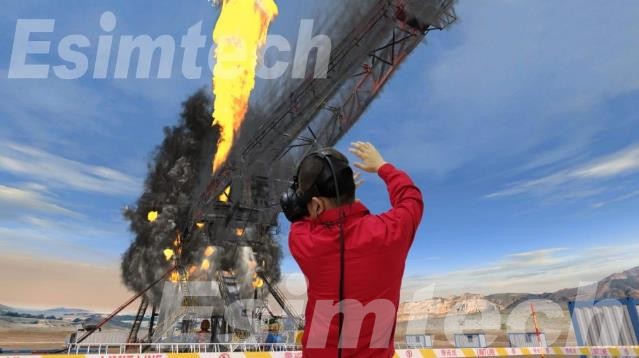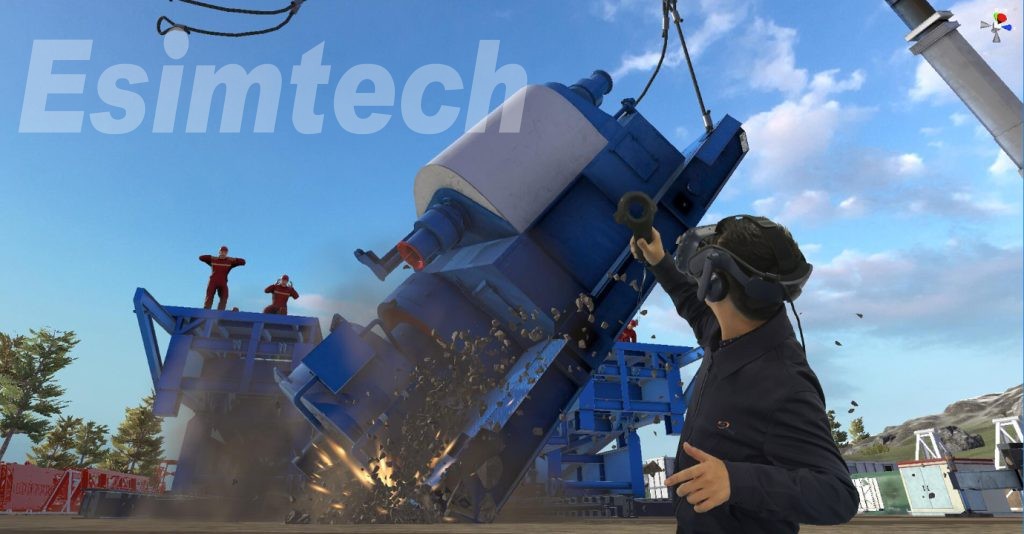The Impact of Oil and Gas Animation on Environmental and Risk Assessments
Oil and gas industry operations can be one of the most complex and high-risk sectors, requiring extensive planning, safety measures and environmental considerations. Thanks to technology advancements, oil and gas animation has emerged as an invaluable asset for improving environmental risk assessments as well as visualizing processes, simulating scenarios and providing enhanced training programs that help companies reduce risks, adhere to regulations effectively and engage with stakeholders more efficiently.
This article investigates how oil and gas animation is revolutionizing environmental and risk assessments to create safer and more sustainable operations.
The Role of Animation in Oil and Gas Operations
Oil and gas operations involve complex systems with constant scrutiny to maintain safety standards; successful communication is therefore vitally important to success in these environments. Animation has emerged as a transformative communication medium to assist stakeholders visualize operations, understand complex systems, engage with key information across projects at every step. From internal teams to public audiences alike, animation’s visual clarity bridges gaps between understanding and promotes greater operational transparency.
Visualization of Processes
Oil and gas operations involve complex networks of interlinked systems such as drilling rigs, pipelines, refineries, control rooms and control rooms–each with its own technical complexities. Explaining them using traditional diagrams or written reports can be time consuming; animation provides an intuitive alternative. By visualizing each stage of production or transport in dynamic visual format – such as subsea drilling techniques or how gas is processed and distributed – animation simplifies technical language for faster comprehension and improved cross-functional collaboration.

Public Engagement
Perception plays an essential part in the success of oil and gas projects when operations occur near residential neighborhoods or environmentally sensitive zones, especially where facilities must operate near residential neighborhoods or environmentally sensitive zones. Animation helps companies effectively communicate plans to stakeholders while responding to concerns in an accessible and transparent way – rather than reading dense environmental reports, stakeholders can view animated sequences that showcase projects’ scope, safety measures in place and potential effects on surrounding environments – which not only increases trust but also allows more productive discussions during public consultations or regulatory reviews.
Impact Analysis
Assessing the environmental and operational effects of oil and gas activities requires digesting large volumes of technical information. Animation makes this task simpler by visually mapping potential scenarios–for instance how emissions disperse or how marine ecosystems could be compromised by offshore drilling operations. Such visual narratives increase impact assessments’ clarity by helping regulators, investors, community members see at once what may lie ahead for impact assessments–resulting in an informed, engaged, and confident stakeholder group.
Enhancing Environmental Assessments with Oil and Gas Animation
Environmental assessments are an indispensable element of planning and regulatory compliance in oil and gas operations, serving to predict and reduce activities’ ecological footprint before they start. While traditionally conducted via written reports or static diagrams, animation now makes this assessment method far more accessible, providing clarity, foresight, and engagement across multiple stakeholders.
Simulation of Scenarios

Animation can play an invaluable role in environmental assessment when used to model potential scenarios, including an oil spill spreading across specific marine environments influenced by currents, tides, wind patterns, and temperature. By visualizing how certain incidents might unfold over time and making risks tangible and actionable in real-time for planners and engineers. Animated scenarios allow environmental planners and engineers to anticipate damage more readily while devising appropriate response strategies more easily than simply reading data tables about possible events unfold before their eyes, giving stakeholders greater peace of mind when making risk more tangible and actionable in actionable form than imagined simply reading data tables alone!
Training and Preparedness
Planning ahead can make all the difference during an environmental emergency, with animated training tools providing engaging learning experiences that traditional classroom instruction simply can’t match. Workers can interact with real-life simulations of incidents like equipment breakdown, pipeline leakage, or chemical releases–learning step-by-step how best to respond and take control. Virtual scenario training ensures personnel not only know procedures but understand consequences, resulting in quicker reactions in high-pressure situations and improved confidence of teams as a whole.
Safety Protocols
Effective communication is crucial in maintaining environmental standards. Animation helps facilitate this by simplifying complicated safety measures into visual narratives that are easily understandable to employees, from explaining how to operate environmental monitoring equipment and spill containment procedures through to eliminating confusion during an incident. They’re particularly beneficial when used globally across diverse workforces with diverse languages – they reduce reliance on written instruction versus spoken directions, which results in increased protocol adherence rates with less environmental damage caused by mistakes made on site.

Improving Risk Assessments Through Oil and Gas Animation
Risk evaluations are of critical importance in the oil and gas industry, where margin for error is narrow and consequences for failure can be dire. Animation has become an invaluable asset in increasing both quality and clarity of risk assessments; by turning complex data and scenarios into engaging visual narratives, animation helps more effectively identify risks while assuring mitigation strategies are implemented successfully.
Hazard Identification & Mitigation
Animation can be an invaluable asset when applied to risk assessment, particularly hazard identification and mitigation. Instead of relying on static charts or reports alone, animation provides dynamic walkthroughs of processes and equipment which allow viewers to pinpoint potential failure points like weak infrastructure, corrosion-prone pipes or areas with higher human error risks.
Animations can create worst-case scenarios based on historical data and predictive models, for instance illustrating how a gas leak might spread through a facility and lead to its devastating consequences. By visualizing such risks, teams can take proactive measures against any risks that arise – helping transform risk awareness into tangible preventive action.

Safety Planning & Compliance
Achieve compliance with regulations while upholding high safety standards is often a difficult challenge. Animated presentations make this task simpler by outlining safety plans, protocols, and contingency strategies in a straightforward manner that’s easily understood by both internal teams as well as external regulators.
Safety officers and regulators no longer need to wade through technical documentation or static diagrams in order to understand how specific safety procedures would be executed; instead they can view concise animations that demonstrate this process, making audits and approval processes faster and ensuring compliance efforts remain transparent and accessible.
These animations can also be customized to meet the needs of various audiences – be they engineers on-site, corporate stakeholders or government inspectors – ensuring each person gets access to enough details and clarity in order to make informed decisions.
Technological Advancements in Oil and Gas Animation
As technology rapidly develops, so too has oil and gas animation technology. From hyper-realistic visuals to real-time data integration, advancements are revolutionizing how this industry designs, operates, and monitors projects. Below are a few technological breakthroughs shaping its future – these breakthroughs could change everything about how oil and gas animation looks today!
3D Modelling and Simulation

One of the greatest innovations in oil and gas animation is 3D modeling technology, which permits for creation of highly realistic models of oil rigs, pipelines, and processing plants.
3D modeling provides engineers with a dynamic representation of an entire system, enabling them to virtually tour facilities before construction begins. This not only increases design accuracy but also safety since risks or inefficiencies may be identified and addressed early during the planning phase.
Three-dimensional models provide users with interactive 3D environments in which to manipulate variables and visualize potential scenarios that provide greater insight into how systems will behave under real-world conditions.
Integrating Animations With Data Analysis
Oil and gas operations produce immense quantities of data, and animation is now emerging as a useful way of visualizing this data in real time. By connecting animations to advanced data analytics platforms, they can update dynamically to reflect changing conditions on site. An animated visualization of a drilling operation may show real-time data from sensors installed on equipment, including pressure levels, temperature variations, and flow rates. Engineers and operators can now monitor performance remotely, making timely decisions based on real-time information. By merging real-time data with animation, accurate risk analyses, faster troubleshooting sessions, and enhanced decision making are possible to increase operational efficiency and safety.
Real-Time Visualization
One of the most exciting developments in oil and gas animation, real-time visualization has quickly become one of the key innovations. By combining real-time data and live animations, operators gain immediate and interactive visibility of their entire operation – equipment statuses, environmental metrics, and safety conditions are just a few areas to take note of. As soon as an issue, such as decreased pressure or equipment malfunction, arises, the animation can adapt in real-time and highlight areas of concern instantly. Real-time visualization provides operators with a more complete picture of a situation and allows them to act immediately upon it, enhancing operational efficiencies by making decisions based on accurate and up-to-date information. Real-time monitoring also plays a pivotal role during emergency responses, ensuring decisions are based on accurate information available at all times.
The Bottom Line
Oil and gas animation has evolved beyond simple marketing or educational use to become an indispensable element of environmental and risk assessments. From visualizing complex processes to building public trust, simulating ecological effects to improving safety measures, animation is revolutionizing how the oil and gas industries communicate and operate.
Animation’s unique ability to visualize, simulate, and inform has made all the difference when it comes to shaping an environmentally sustainable oil and gas future. It provides valuable visual aids, which aid decision-makers, while animation provides invaluable ways to communicate ideas across an industry in which the stakes are high.

